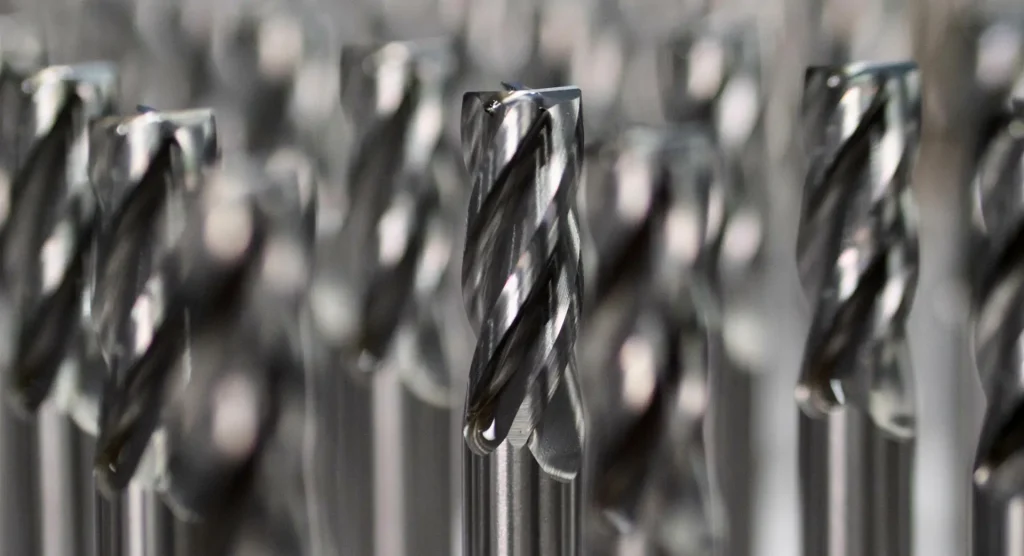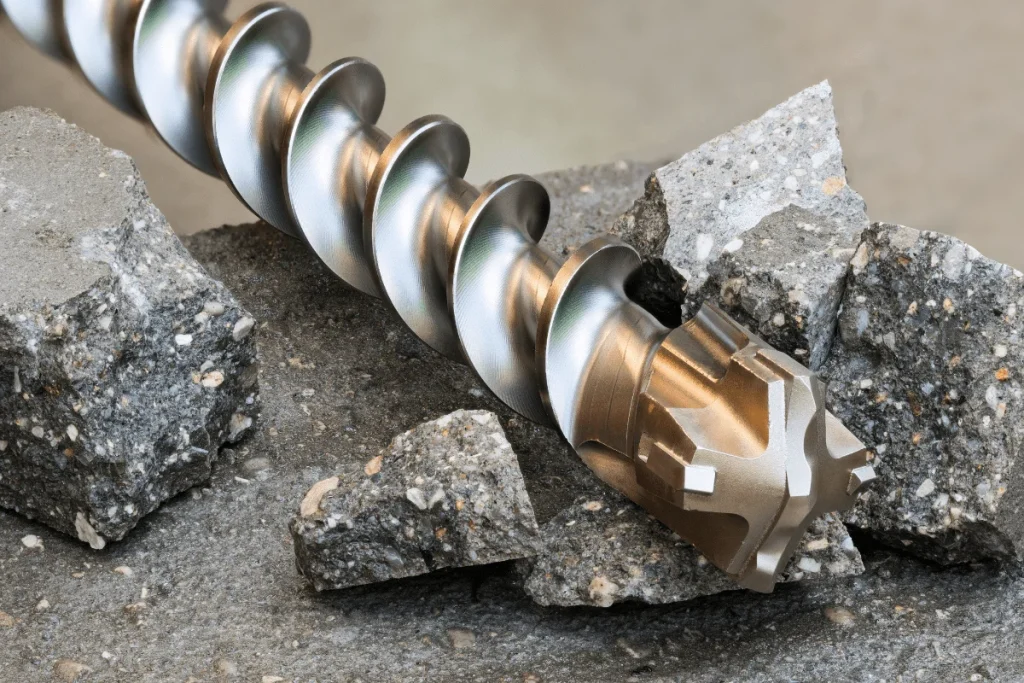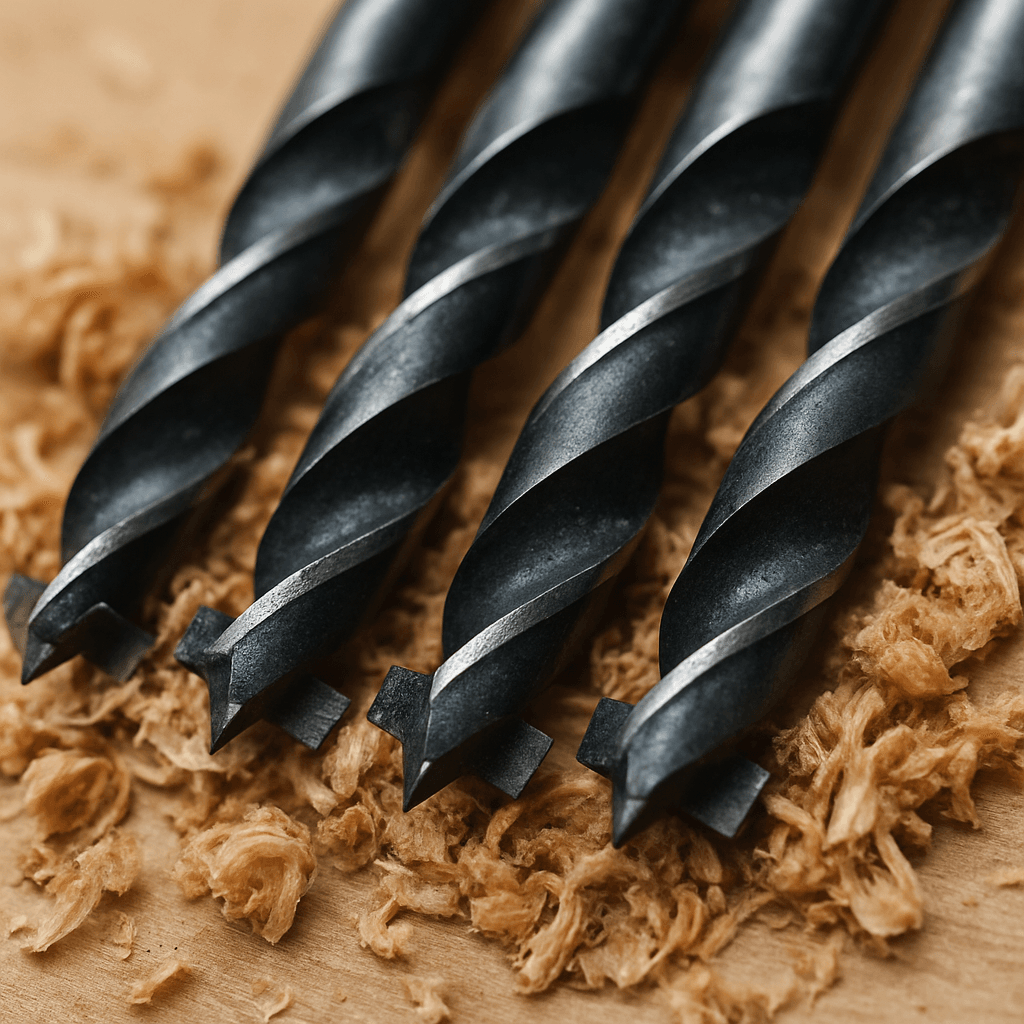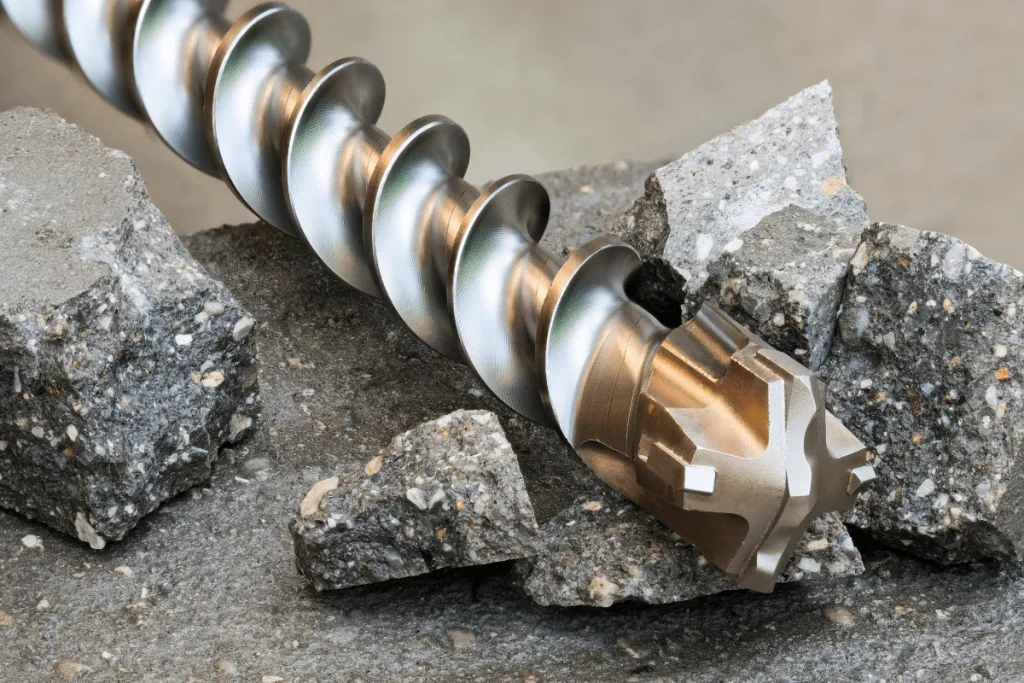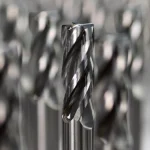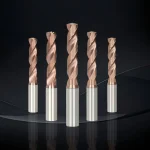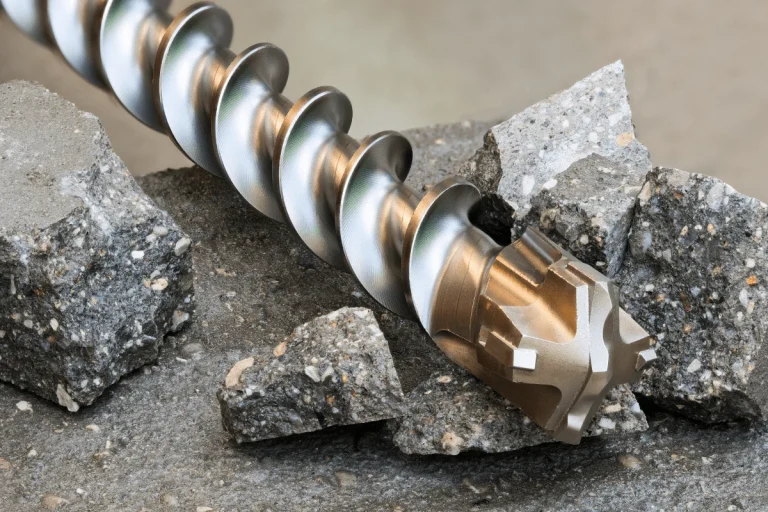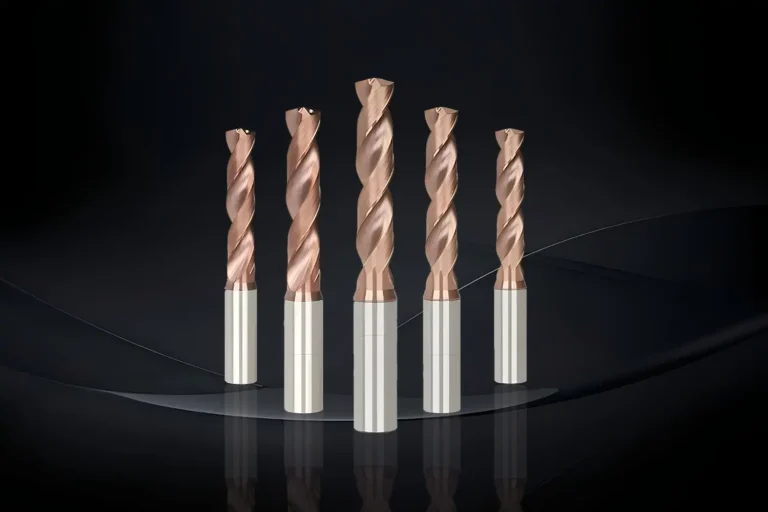What Is a Twist Drill?
The twist drill is one of the most common types of drill bits used in woodworking and other applications. It features a helical flute design that helps remove material as the bit penetrates the wood. This spiral design is crucial for effective chip removal and efficient cutting. Twist drills come in various sizes and are often made from high-speed steel or cobalt for added durability, ensuring they can withstand the heat and friction generated during drilling.
Twist drills are incredibly versatile, available in a wide range of diameters, making them suitable for many applications. Whether you’re drilling pilot holes for screws or creating large openings, there’s likely a twist drill that fits the bill. Their adaptability makes them a staple in any woodworker’s toolkit.
Twist Drill Performance
When it comes to performance, twist drills are versatile and can handle a variety of materials, including wood, metal, and plastic. However, their performance in wood can sometimes be inconsistent, especially if the bit is not sharp or if the drill speed is not properly adjusted. Sharpness is key to their effectiveness; a dull twist drill may produce more friction, leading to burning and rough hole edges.
Twist drills are known for creating clean holes, but they may not always drill perfectly straight due to their tendency to wander, especially if not properly guided. This wandering can be mitigated by using a pilot hole or a drill guide, but it’s essential to maintain control and steadiness. Proper technique and maintaining adequate pressure are also crucial in ensuring a straight hole, highlighting the importance of user skill in maximizing the twist drill’s potential.
Exploring Forstner Bits
What Is a Forstner Bit?
The Forstner bit, named after its inventor Benjamin Forstner, is designed specifically for woodworking. It features a flat cutting edge with a center spur, surrounded by a cylindrical rim that helps guide the bit as it cuts. This unique design not only aids in precision but also minimizes the risk of the bit drifting off course. The cylindrical rim also helps in stabilizing the bit, allowing it to bore clean, flat-bottomed holes without chipping the wood.
Forstner bits are particularly advantageous for woodworking projects that require precision and clean hole edges. Their ability to produce flat-bottomed holes makes them indispensable for tasks like cabinet making and creating dowel joints. This feature allows for the creation of holes that are not only functional but also aesthetically pleasing, which is often a crucial requirement in fine woodworking.
Forstner Bit Uses
Forstner bits are excellent for creating precise, flat-bottomed holes, making them ideal for tasks such as drilling dowel holes, hinge recesses, and overlapping holes. They excel in situations where accuracy and clean hole edges are crucial. Additionally, the flat-bottomed holes they produce are ideal for decorative applications, such as creating wooden plugs or inlays.
These bits are also valuable in situations where overlapping holes are needed, such as when removing large amounts of material or when creating mortises. Their design allows them to bore at angles and even partially through the material, offering flexibility and precision that other bits may not provide. However, it’s essential to note that Forstner bits require more control and slower drill speeds to prevent overheating and ensure optimal performance.
Twist Drill vs. Forstner Bit: A Comparison
Wood Boring Tools: Which Is More Accurate?
When comparing twist drill vs. Forstner bit in terms of accuracy, the Forstner bit generally offers superior precision. Its design allows it to stay centered as it cuts, reducing the chance of wandering and resulting in a straighter hole. This makes it particularly suitable for projects where exactness is non-negotiable. Forstner bits are often the go-to choice for professional woodworkers aiming for impeccable results.
On the other hand, twist drills can be prone to drifting if not properly guided, which can affect the straightness of the hole. This issue can often be mitigated by using a center punch or a pilot hole to guide the bit. While twist drills may not match the precision of Forstner bits, they offer greater versatility across different materials, making them a practical choice for general-purpose drilling tasks.
Clean Hole Drilling: What’s the Difference?
Both types of bits are capable of drilling clean holes, but the Forstner bit has the advantage in terms of finish quality. Its sharp cutting edges create smooth, tear-free edges, making it the preferred choice for projects where aesthetics are important. The precision and clean finish of Forstner bits are unmatched, especially when working with fine woods or when the hole will be visible in the final piece.
Twist drills, while capable of clean cuts, may leave rough edges or splinters, particularly if the bit is dull. This can be especially problematic when working with softer woods or veneers, where splintering can ruin the appearance of the work. Regular maintenance and sharpening of twist drills are essential to minimize these issues and ensure cleaner cuts.
Woodworking Tools: Choosing the Right Drill Bit
Factors to Consider
When choosing between a twist drill and a Forstner bit, consider the following factors:
- Type of Project: For projects requiring precise, flat-bottomed holes, a Forstner bit is the better choice. For general-purpose drilling, a twist drill may suffice. The nature of the project often dictates the tool selection, as the requirements for precision, speed, and hole quality can vary significantly.
- Material: Both bits can handle wood, but if you plan to work with multiple materials, a twist drill offers more versatility. While Forstner bits excel in woodworking, twist drills can transition easily between tasks involving metals, plastics, and other materials, making them an essential tool in a diverse workshop.
- Drilling Speed and Control: Forstner bits require slower speeds and more control, while twist drills can operate at higher speeds. Understanding and adjusting to the optimal speed for each bit type is crucial for achieving the best results and extending the lifespan of the tool.
- Budget: Forstner bits are often more expensive than twist drills, so consider your budget when making a choice. Investing in high-quality bits can lead to better results and fewer replacements over time, but it’s important to balance cost with the frequency and nature of use.
Woodworking Tools Comparison: Final Thoughts
Ultimately, the decision between a twist drill and a Forstner bit depends on the specific requirements of your project. If precision and clean edges are paramount, the Forstner bit is the way to go. However, for versatility and general-purpose drilling, a twist drill is a reliable option. Evaluating your needs and understanding the strengths of each bit type will guide you to the right choice, ensuring your woodworking projects meet your expectations.
Incorporating both types of bits into your toolkit can offer a balanced approach, allowing you to tackle a wide range of projects with confidence. Whether you’re a seasoned professional or a hobbyist, having the right tools at your disposal is key to achieving professional results and enjoying the woodworking process.
Tips for Using Wood Drill Bits Effectively
Ensuring Straight Holes
To ensure straight holes regardless of the bit type, consider using a drill press or a drill guide. These tools help keep the drill bit aligned and reduce the risk of wandering. A drill press offers stability and precision, making it easier to achieve consistent results, especially for repetitive tasks. For handheld drills, a guide can provide similar benefits, ensuring the bit remains perpendicular to the workpiece.
Additionally, starting with a smaller pilot hole can help guide larger bits and reduce the chance of drifting. This technique is especially useful when using twist drills, as it provides a clear path for the bit to follow, enhancing accuracy and hole quality.
Maintaining Sharpness
Keep your drill bits sharp to ensure clean cuts and prevent damage to the wood. Regularly inspect and sharpen your bits as needed. Sharpening not only prolongs the life of your tools but also enhances their performance, reducing the effort required and improving the quality of the work.
Using a sharpening tool or service can help maintain the edge of your bits, ensuring they remain effective and efficient. Dull bits can cause excessive friction, leading to overheating and potential damage to both the bit and the material being drilled.
Proper Drilling Techniques
Use the correct drilling speed and apply steady pressure when using either type of bit. This will help achieve the best results and extend the life of your tools. Understanding the optimal speed for each bit and material type is crucial; too fast can lead to overheating, while too slow may cause binding.
Applying consistent pressure ensures that the bit cuts smoothly, preventing chattering and uneven holes. Practicing proper technique will not only improve the quality of your work but also increase your confidence and proficiency in woodworking.
Conclusion
In the debate of twist drill vs. Forstner bit, the answer to which bores wood straighter largely depends on the specific application and user technique. Both tools have their unique advantages, and understanding when and how to use each will enhance your woodworking skills and project outcomes. Whether you’re crafting fine furniture or tackling a DIY project, selecting the right drill bit is key to achieving professional results. By considering the nature of your project, material, and desired finish, you can choose the most appropriate tool and achieve the best possible outcome.


